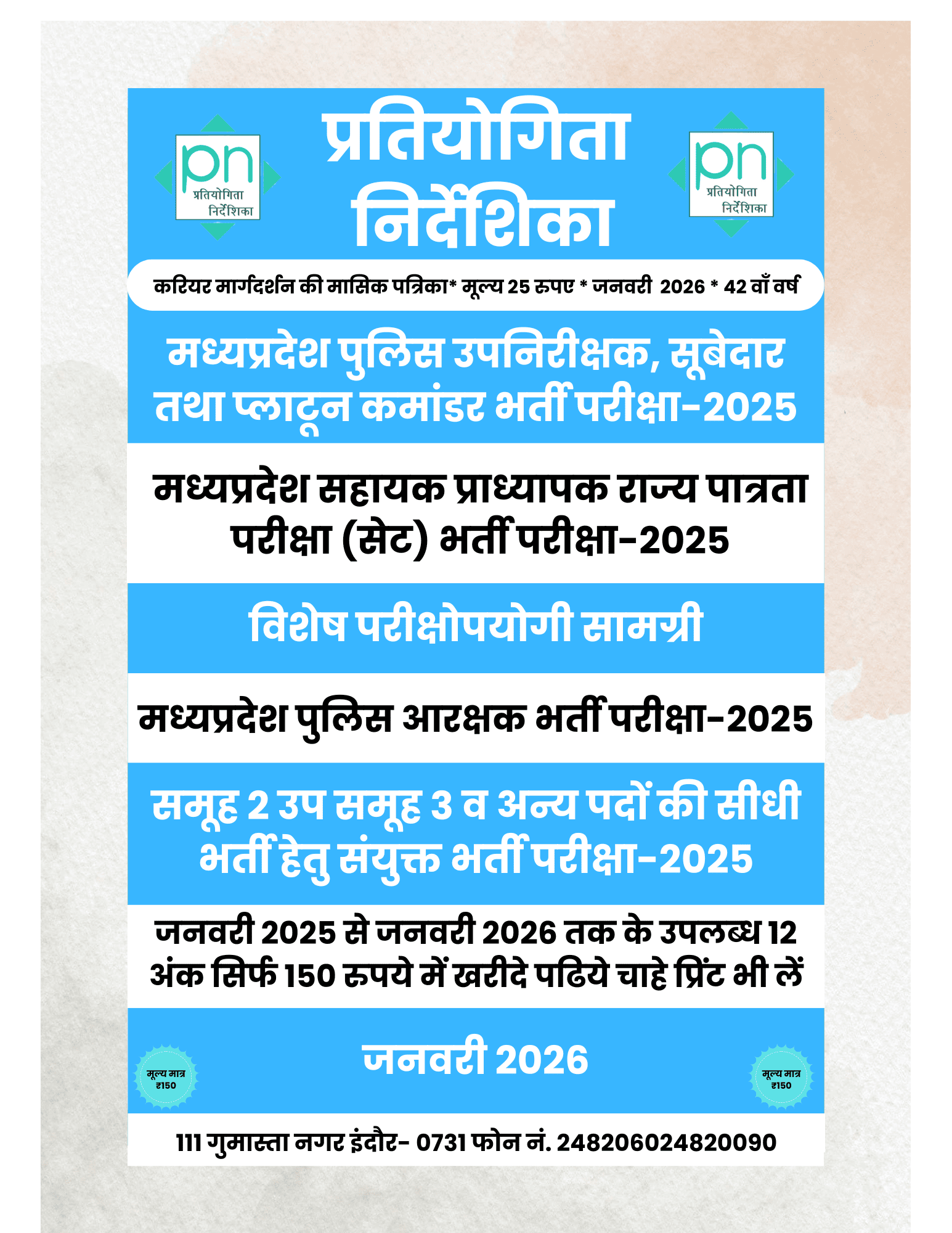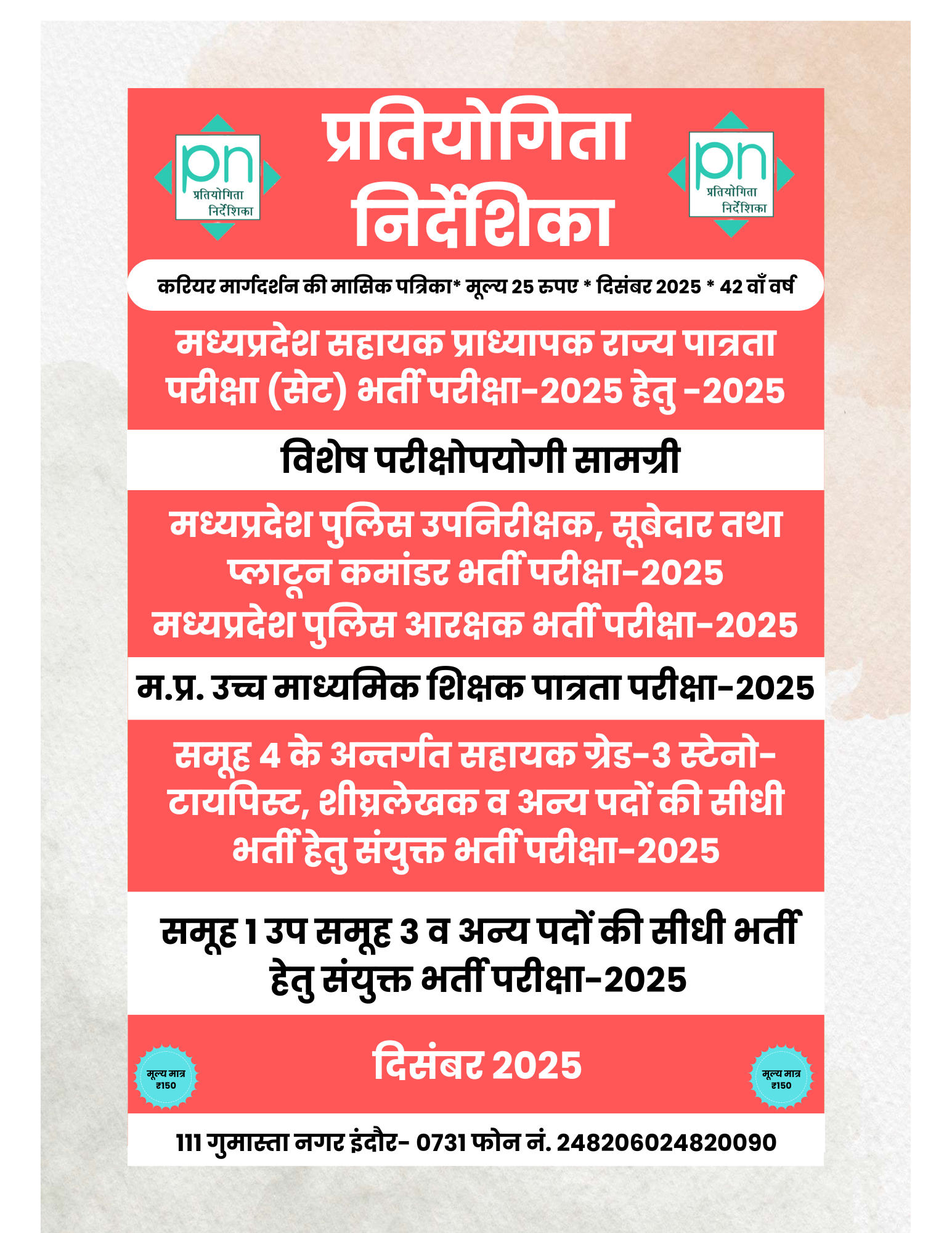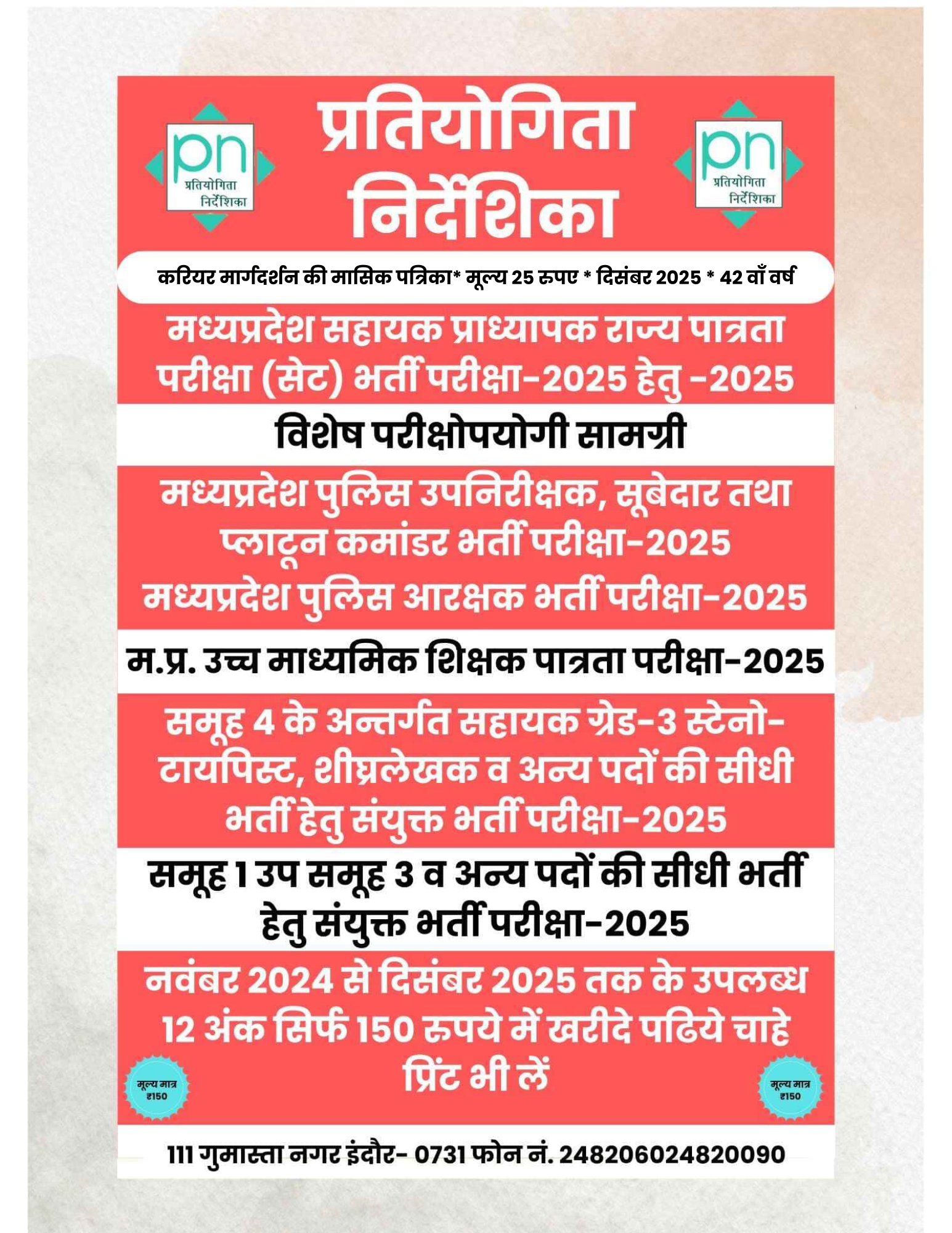India has achieved a major milestone in realizing the reusable space shuttle. The Indian Space Research Organization (ISRO) has once again done wonders and successfully landed the Reusable Launch Vehicle (RLV) or Pushpak for the third time in a row. In this mission, the practice of landing the spacecraft returning from space amidst strong winds was done.
ISRO demonstrated the automatic landing capability of the launch vehicle in more challenging conditions. ISRO Chairman S. Somnath has congratulated the team for their efforts to maintain the success streak in such a complex mission. Vikram Sarabhai Space Center (VSSC) Director Dr. S. Unnikrishnan Nair emphasized that the continuous success in the mission will increase ISRO's confidence in the technologies required for future orbital re-entry missions. ISRO said that the third and final test in the series of landing experiments (LEX-03) was conducted at 07:10 am at the Aeronautical Test Range (ATR) in Chitradurga, Karnataka. In this test, ISRO examined the landing interface and the landing conditions of the aircraft at high speed. Pushpak demonstrated autonomous landing capability very well.
After the success of RLV LEX-01 and LEX-02 missions, RLV LEX-03 re-demonstrated the autonomous landing capability of RLV in more challenging conditions and extremely strong wind conditions. LEX-02 was launched from a cross range of 150 meters, while this time the cross range was increased to 500 meters. J. Muthupandian is the mission director for this successful mission and B. Karthik is the vehicle director.
RLV-LEX-03 mission reused the wing structure and flight systems of LEX-02 mission without any modifications. This demonstrates the robustness of ISRO's design capability to reuse flight systems for various missions. RLV-LEX uses multi-sensor fusion, which includes sensors such as inertial sensor, radar altimeter, flush air data system, pseudolight system and navigator.
The mission was executed by Vikram Sarabhai Space Centre (VSSC) in collaboration with Space Applications Centre (SAC), ISRO Telemetry, Tracking and Command Network (ISTRAC), Satish Dhawan Space Centre (SDSC) SHAR. The mission received support from Air Force, Aeronautical Development Establishment, Aerial Delivery Research & Development Establishment, National Aerospace Laboratory, IIT- Kanpur, Indian Oil Corporation and Airports Authority of India.
प्रतियोगिता निर्देशिका–स्टडी मटेरियल खरीदे-
CUET (UG) - 2024 - मूल्य मात्र -350 रु




